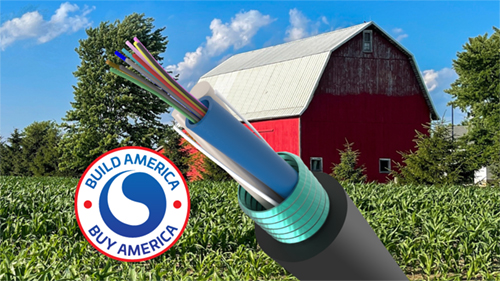What is the Future of PONs?
Passive Optical Networks (PONs) are evolving to meet increasing demands for higher bandwidth and improved efficiency. Next-generation PON technologies are designed to support speeds of 10 Gbps and beyond, with future developments aiming for 25G and 50G capacities. These advancements allow service providers to accommodate growing data consumption and emerging applications.
Key Takeaways
-
Next-gen speeds and capacity: Emerging PON technologies are advancing toward 25G and 50G capabilities, enabling support for growing data demands and high-bandwidth applications.
-
Integration with Software-Defined Networking (SDN): SDN enhances network flexibility and scalability, allowing dynamic service management and support for both centralized and disaggregated architectures.
-
Broadband expansion initiatives: Increased investment from governments and service providers is driving PON deployments in underserved areas, helping close the digital divide and support services like telehealth and remote work.
-
Focus on sustainability: Future PON designs emphasize energy efficiency, leveraging passive components to reduce power consumption and environmental impact.
-
Cost-effective and adaptable infrastructure: Innovations in materials and architecture are helping lower operational costs while improving the adaptability of PONs for diverse deployment scenarios.
Integration with Software-Defined Networking
Modern PON solutions incorporate Software-Defined Networking (SDN) to enhance flexibility and cost efficiency. SDN enables dynamic network management, allowing operators to optimize performance and scale services more effectively. This approach supports both centralized and disaggregated network architectures, providing adaptability for various deployment scenarios.
Expanding Broadband Access
Governments and service providers are investing in PON technology to expand broadband access, particularly in underserved areas. Increased funding for infrastructure development is driving widespread fiber deployments, helping bridge the digital divide and support essential services such as telehealth and remote work.
Sustainability and Energy Efficiency
Future PON networks are focusing on energy-efficient designs to reduce environmental impact. Passive optical components minimize power consumption, making PONs a sustainable choice for broadband expansion. Innovations in network architecture and materials contribute to lower operational costs and improved resource utilization.




